Thinking About Intelligence In Other Animals
Animal intelligence is a hot topic in our modern world. Scientists have joined ordinary people in wanting to understand their ability to be aware, to choose their responses to the world around them and to feel emotions.
We want to know things, not just “can they feel?”, but can they recognize themselves and others as separate individuals?
Instinctively we know other animals do have some intelligence.
Anyone who has spent some time watching them, especially when they are playing, will have seen this for themselves. Pet owners will also be particularly aware of how intelligent other animals can be.
Does science agree with our intuitions? How should we prepare our minds to think realistically about animal intelligence?
Before we can begin to look at the actual working parameters of animal intelligence, we need to consider a few basic truths. The first of these is that science has great difficulty defining intelligence as a discrete characteristic. Even when we limit ourselves to the more immediate study of human intelligence, there is much that the scientific community does not agree about.
The Traditional View
It has been traditional to consider intelligence as a single aspect of mentality and to measure it (recently) with the ubiquitous IQ tests. However over the last few decades the validity of IQ tests as a measure of that elusive, though so often talked about quality, intelligence, has faced some serious challenges.
In his famous 1981 book “The Mismeasure of Man”, Steven J Gould suggested that using IQ tests to measure intelligence was no more accurate than using the dimensions of a person’s skull. The global argument this book started is ongoing.
A more modern and flexible understanding notes that people can be intelligent in different ways, and that being intelligent in one way does not guarantee being intelligent in any other.
This idea was formalized by Howard Gardner in his 1983 book “Frames of Mind: The Theory of Multiple Intelligences” and has since been developed in various ways to suggest that human beings exhibit between 8 and 10 ‘modes’ of intelligence. The viral cartoon at the top of this article clearly demonstrates our need to keep our assessments of intelligence in other species in perspective.
Animal Intelligence Is Variable
However you think intelligence works, one thing everybody seems to agree on is that intelligence varies between people, we aren’t all as smart as Einstein and Dirac.
Therefore when talking about the intelligence of any other species, we must accept that this will be also be true of them. There will be chimpanzees, dolphins, octopuses and African Grey parrots that are their species equivalents of geniuses. There will also be individuals in every species who are the equivalents of idiots – and a vast majority that are somewhere in between.
This means that because one or two members of a species pass (or fail) a particular test does not mean the whole species will. One of the big problems we encounter when looking at the data so far collected on animal intelligence, is that even with easily accessible species like cats and dogs most of the tests have been done on very few individuals.
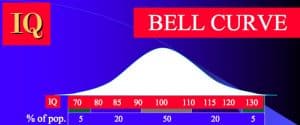
Different Strokes
Furthermore when looking at the characteristics a species exhibits, we must accept the validity of evolution and environment. Creatures with different body structures, or that live in different habitats, will have evolved whatever intelligence they have for different reasons and in different ways than we have.
At the beginning of his wonderfully thoughtful book “Are We Smart Enough to Know How Smart Animals Are?” Frans de Waal, a world renowned ethologist, lists a number of well known (in the field of animal intelligence studies) examples of times when human researchers have failed to think clearly enough about what limitations an animal’s Umwelt imposes on it.
When this happens, it always results in an underestimation of the tested animals abilities. As de Waal says, “If the animal fails the test we have designed we must always ask ourselves, have I designed the test adequately?”
Umwelt is a word coined by Jakob von Uexküll to express the idea that each species lives within an experiential world constrained by their biological being and requirements from the world around.
Simply put this means different species of animals perceive the world very differently. Like us, they are limited in their ability to relate to the world by their perceptions of it. We all know that individual people, especially those from different cultures and up-bringings, perceive the world in different ways – and that how you perceive the world controls how you respond to it.
If this is true of individuals within a species, how much greater must it be of different species.
Technology Needs Fire
No matter how intelligent a dolphin species, or individual, is – it would never have developed a technology based society like our own.
Our human intelligence is most evident in our technology and the art we produce with that. We really left other creatures behind when our ancestors tamed fire, although other, older, hominid species such as Homo erectus and Homo neanderthalensis are now believed to have tamed fire and it must remain possible that we learned from them.
All our modern technological development comes from our control of fire. This is something that is fundamentally impossible for a creature living in water for instance. So whatever form dolphin intelligence takes, it must be vastly different to our own – circumscribed in its development as it has been by the dolphin’s physical form (no arms and hands) and their aquatic lifestyle.
Another example would be birds. Birds also have no arms or manipulative hands and they fly. Flight has been a dominant factor in bird evolution. Everything about a bird is designed to be light. How would an animal’s intelligence manifest itself if the brain was not allowed to become large?

Why Should Animal Intelligence Evolve?
For a long time social living was considered to be necessary for the development of intelligence in any species. Humans, dolphins, chimpanzees and birds like crows and parrots all live in complex social groupings. Most scientists today still believe that the need to survive within a complex social environment has been a strong driver for the evolution of human (and other primate species) intelligence.
However the amazing intelligence shown by some species of octopus suggests that while social living may well be an import factor in the evolution of intelligence, it is not essential. As the vast majority of octopuses (all but one species) live highly solitary lives and cannot be considered social animals by any standard of measurement.
We Are Very Young
Continuing the development of our thought, we need to consider the age of a species when we are thinking about their observable intelligence. Dolphins, and many species of birds, have been around for millions of years. They are, as species old, while we humans are as a species young.
It took humanity about 300,000 years to develop from the stone age to the bronze age. During most of this time technological development was achingly slow. Individuals from these societies would not have appeared highly intelligent to a casual modern observer. Their language was exceedingly simplistic and their tool usage minimal. Yet they were humans with all that means.
As a species they were, and to a great extent we still are, children, babies in fact – with all the limitations this implies.
In comparison many bird and dolphin species are quite old, millions of years of evolution occurring within each species makes them the equivalents of very old people. Some may, to continue the analogy of species development to individual development, be in senescence. Their societies so old and so evolved they are currently unrecognizable as their earlier, younger, selves.
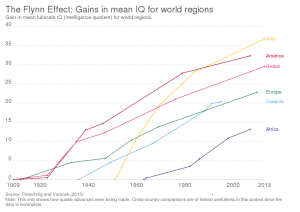
The Flynn Effect
People who study human intelligence, and in particular intelligence as measured by IQ tests, know that how human intelligence manifests itself has changed over the last 120 years and is still changing.
Arguments over the validity of of the Flynn Effect (a general increase in ability to do IQ tests well, observed throughout much of the 20th century) and the Reverse Flynn Effect (a general decrease in the ability to do well in IQ tests observed in the last part of the 20th century and the early 21st century) are ongoing.
Whatever the true situation is. this short period of observation and study asks interesting questions about how social conditions might effect the manifestation of animal intelligence in a species over, not only thousands, but also millions of years.
Finally we need to ask how the species’ needs effect the evolution of their intelligence. African Grey parrots and dolphins, as well as most other older species, have all the intelligence they need to survive and thrive in the environment they inhabit (at least until recently). This is evident in the fact that they have survived and thrived for millions of years.
Conclusion
Humanity’s evolutionary path is still unfolding, but it is evident that it has weighted intelligence over strength and weapons in its effort to ensure we were able to compete with other already extant human species. We are what we needed to be in order to survive in the harshness of the pretechnological world they evolved in.
Can it help us survive our own technological brilliance? This is a question only the future can answer.
Nature has created in each species the intelligence it needs to survive as it is. Does this mean our intelligence makes us inherently superior to other animals? Does it give us the right to disrespect them?
I do not think so, no more than the strength of the elephant, the killing power of the tiger or the beauty of the peacock gives them rights over us or makes them inherently superior.
In his book “The Descent of Man” Charles Darwin wrote:
“The difference in mind between man and the higher animals, great as it is, certainly is one of degree and not of kind.”
So that said, let us study the intelligence of other creatures with humility, with wonder and amazement at all that the forces of nature have created. And with gratitude that we have been lucky enough to have the intelligence and the consciousness to consider the nature of animal intelligence – and the awesome beauty of the universe in all it’s complex detail.
Well, if you enjoyed that, why not take a closer look at:
Image License: Flynn Effect Graph by Our World in Data – Wiki Commons; Flock of Crows by Acabashi – Wiki Commons

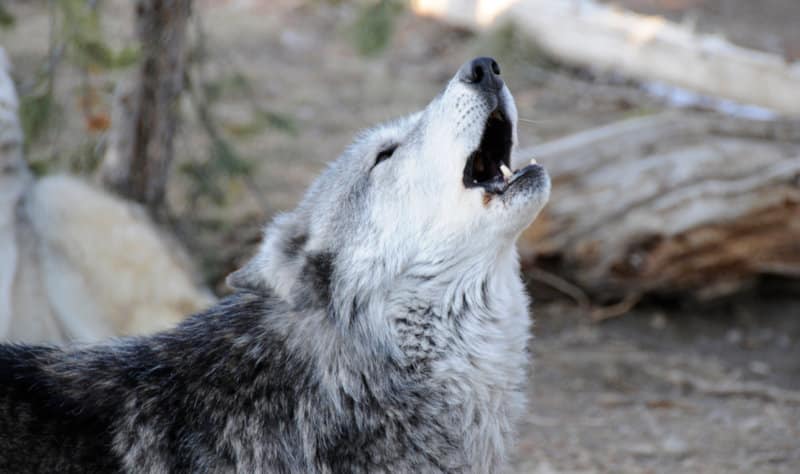


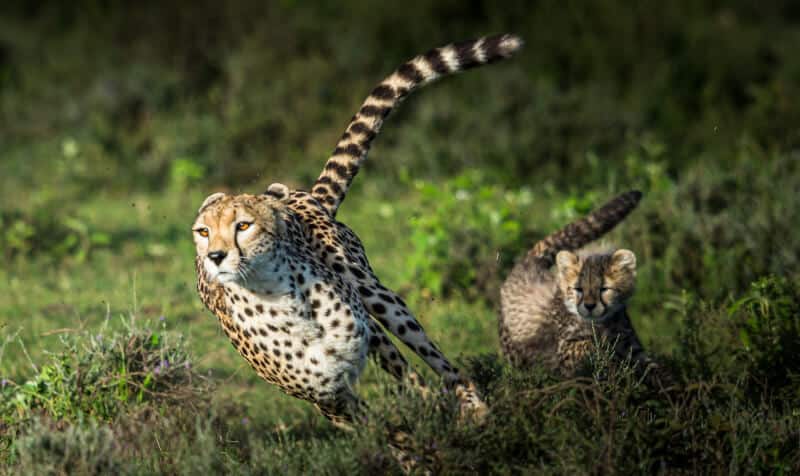
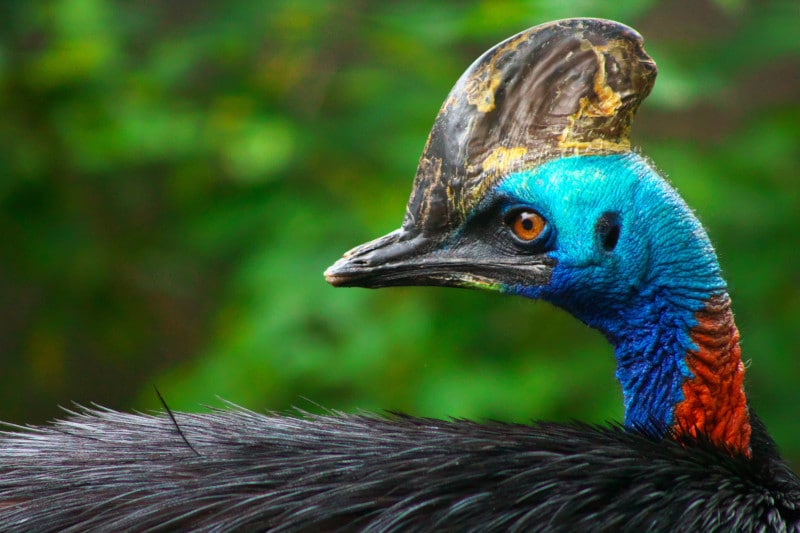
Mr. Ramel, I have just discovered your wonderful website. Excited to order your books and read further articles on animals etc. Especially looking forward to reading your poetry. I hope your spaceship isn’t repaired for some time and that you continue to live and write on earth for a considerably long time.